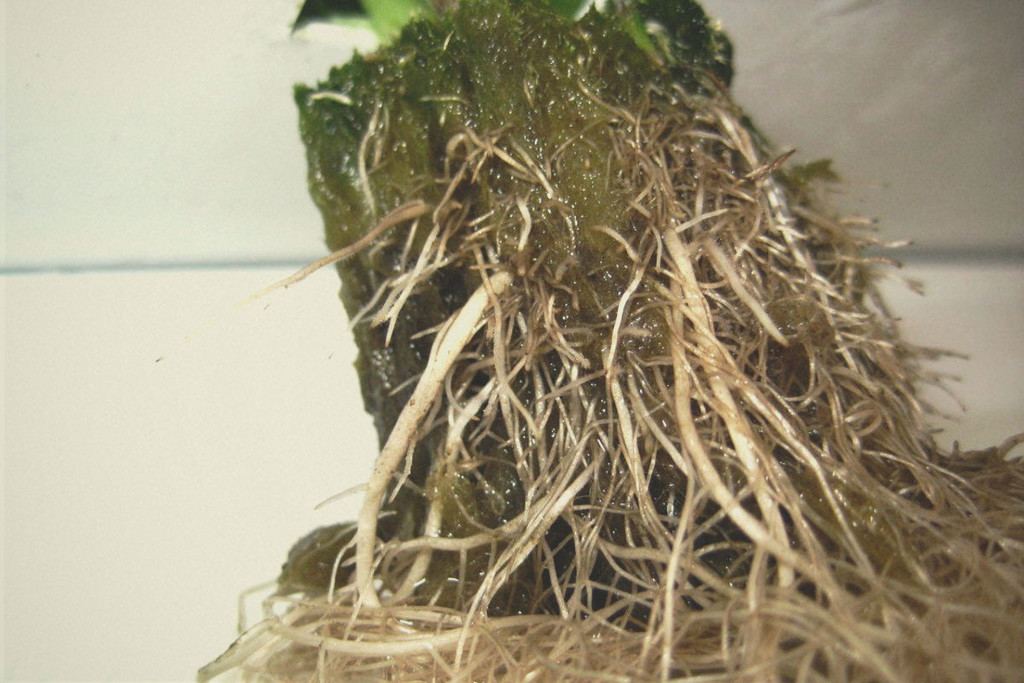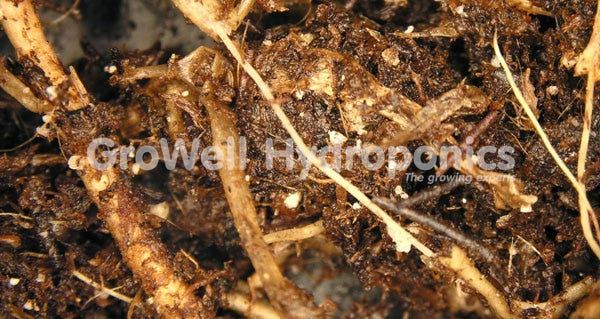Moe.Red
- 5,044
- 313
Anything that eats a leaf doesn't care if the roots are always wet or in soil.

 www.royalqueenseeds.com
www.royalqueenseeds.com
A handful of aphids can satisfy their needs without doing too much harm, but they multiply fast. When their numbers get out of control, they can quickly suck a plant dry. Without enough circulating nutrients, hydroponic cannabis plants become stunted and deprived. There are around 5,000 species of aphids, and each one generally targets a particular plant species. The hemp aphid (Phorodon cannabis) has a ravenous appetite for, well, cannabis sap.
But thrips don’t just pose a direct physical threat to your hydroponic cannabis plants. This pest also carries over viruses that cause plant disease. You don’t want them anywhere near your indoor grow.

How To Treat Common Cannabis Pests in a Hydroponic Grow - RQS Blog
Just because you're growing indoors doesn't mean pests won't come looking for your weed plants! Learn how to ID and treat the six most common hydroponics pests.
Aphids
These minute sap-sucking insects target the xylem, or vascular system, of plants. These internal tubes ferry water and dissolved nutrients throughout the plant. Aphids use their mouthparts to puncture plant tissue and siphon this precious liquid.A handful of aphids can satisfy their needs without doing too much harm, but they multiply fast. When their numbers get out of control, they can quickly suck a plant dry. Without enough circulating nutrients, hydroponic cannabis plants become stunted and deprived. There are around 5,000 species of aphids, and each one generally targets a particular plant species. The hemp aphid (Phorodon cannabis) has a ravenous appetite for, well, cannabis sap.
Root Aphids
Root aphids aren’t dissimilar to their above-ground cousins. Instead of sucking sap from leaves and stems, though, they target the roots. However, the life cycle starts on the aerial parts of the plant. Once the eggs hatch, these critters migrate downward. Yes, root aphids also impact hydroponic cannabis plants!Spider Mites
Spider mites often show up in hydroponic cannabis grows. As a species of mite, the “spider” in their name merely refers to the silk webs they spin in order to protect their colonies from predators. These tiny pests hang out on the underside of leaves, frequently piercing plant tissue to feed on cells. Once a spider mite colony achieves a respectable size, it can do some real damage.Fungus Gnats
Although they’re pests in the eyes of hydroponic cannabis growers, fungus gnats play a crucial ecological role. They feast on fungi in the soil, contribute to the decomposition of organic matter, and even carry pollen and fungal spores. Despite their vital function, fungus gnat larvae have a habit of damaging cannabis root hairs, and the adults carry diseases, such as “damping off”, that kill seedlings.Whiteflies
Another sap-sucker, whiteflies also dwell on the underside of leaves. After dining on sap, they excrete a sticky substance that accumulates and attracts other pests and contributes to the growth of moulds. Whiteflies can work their way through vents, or simply fly through open windows and doors, and lay their eggs in circular groups of 30–40 on cannabis leaves.Thrips
Thrips love the conditions of indoor growing environments. The controlled temperatures, consistent lighting, and abundance of water in hydroponic setups is a haven for these creatures. Surprise, surprise—thrips also have a penchant for cannabis sap. Think about it. This rich substance contains all of the nutrients plants need to survive. Why wouldn’t they tuck in?But thrips don’t just pose a direct physical threat to your hydroponic cannabis plants. This pest also carries over viruses that cause plant disease. You don’t want them anywhere near your indoor grow.






